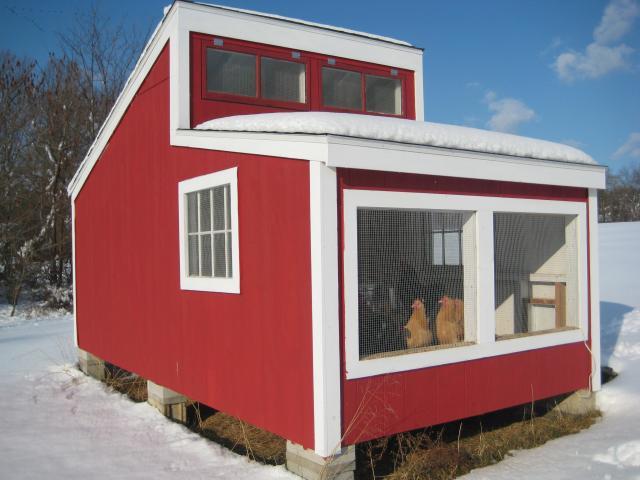The dilemma I keep having as I look at coop placement/ventilation/weather changes is, at what point is it cruel not to intervene in the protection of the animals. We take horses, cattle, work dogs into a barn... and animals left outside and exposed realistically do die and freeze. Realistically, birds have managed to survive many a winter tucked away in nests through snow storms and freezing temps, but as my pets and providers of meat/eggs and my responsibility - at what point is it reasonable for me to intervene? I suppose, being as comfortable as I am inside my warm house on freezing cold days, I'm hard to convince.
Where your responsibility comes in is to make sure they have the right housing.......dry and draft free, with access to food and water at all times. Do that and they will be fine.
Even people acclimate to some pretty extreme stuff. We spent Thanksgiving about 600 miles north of where we live. It was much colder there than where we live. I had on a heavy parka and was cold. Locals were wearing shorts and light jackets. Little kids walking around with no hats, no gloves and their jackets open. Embarrassing. But after 2 or 3 days of that, it wasn't too bad. When we came home, same house temps that felt cool when we left now felt hot.
Provided you don't screw it up and provide supplemental heat, give them plenty of light and a well ventilated, draft free house to live in and they will be fine.
I'd like to see a picture of Wesley's historic house. My guess is replacement of those windows might be a good idea, but that depends on the vent system they built.




